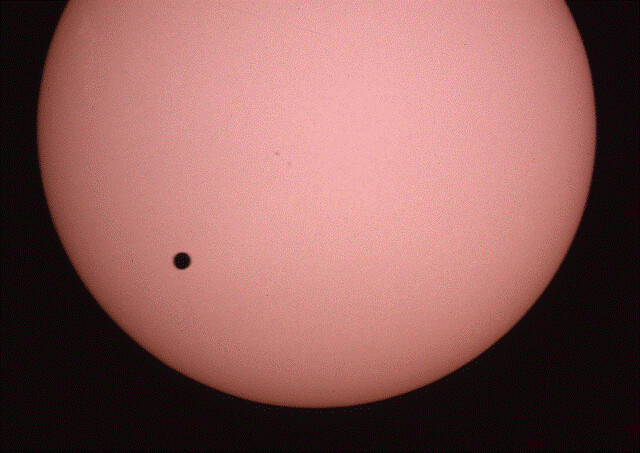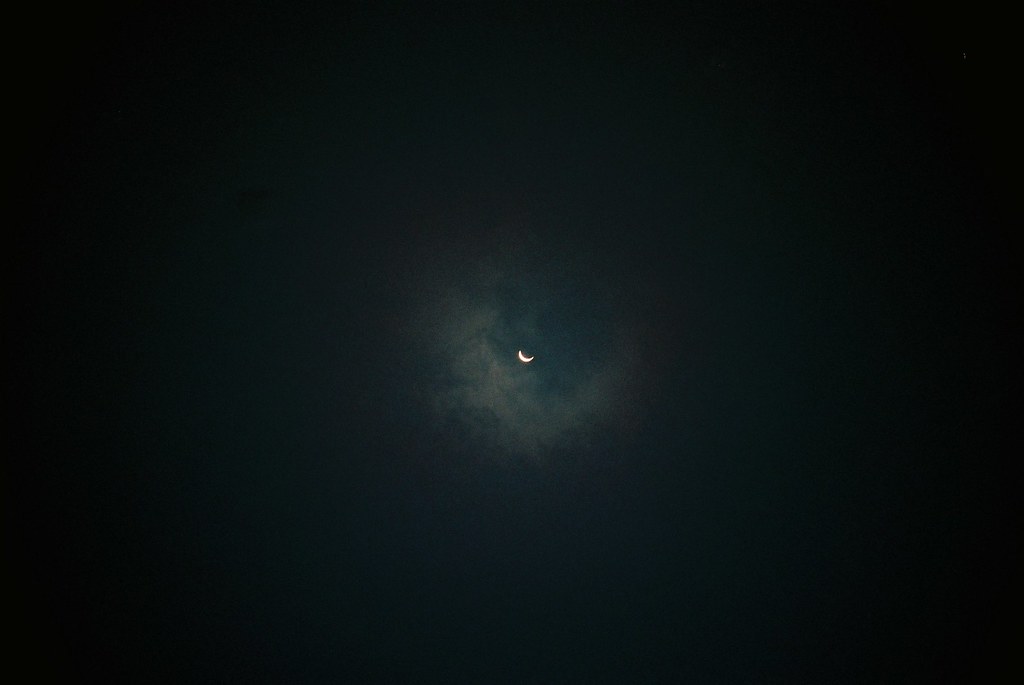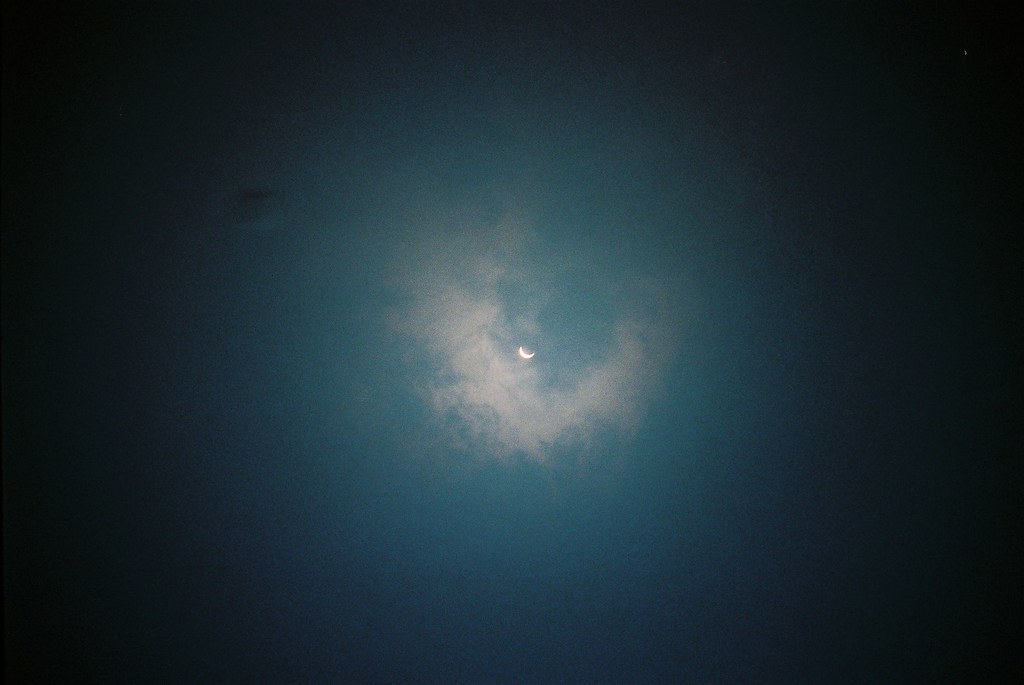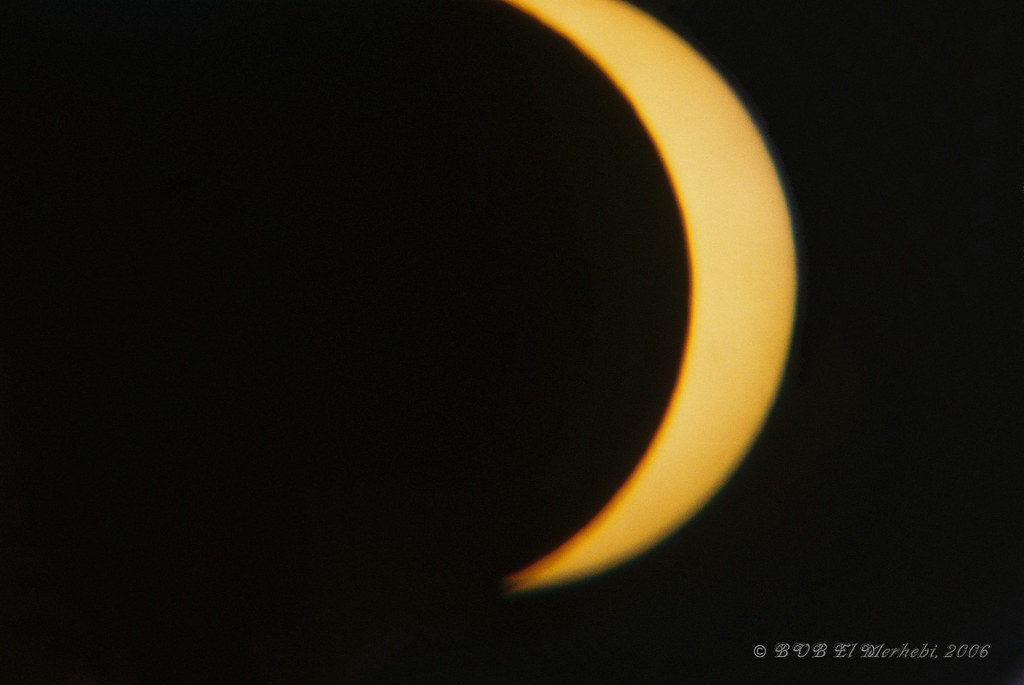Hello again :D
WARNING Before reading the article, please be warned that looking at the Sun without appropriate precautions (using solar filters, viewers, etc...) may & will cause partial or complete damage to your sight. Please take appropriate measures in advance &/or participate in a local astronomy group that takes precautions on your behalf by letting you view the transit through its equipment. You have been warned!!!
A rare event that comes in pairs every 120 years, more or less, occurred on June 8, 2004. This rare event is going to occur in a couple of days as the second of the 2004/2012 pair which will not repeat until the year 2117. In other words, this rare celestial happening is the last one to occur in our lives; no one might be able to witness it again, unless science offers a way to extend the human life span.
This special event is the Transit of Venus (i.e; transit of the planet Venus in front -from our viewpoint- of the Sun). The two events are separated by about 8 years. This is characteristic of such a phenomenon which occurs twice every 120 years, as I've mentioned above. That is, it occurs in pairs (e.g; 2004/2012). The next pair will start in the year 2117.













